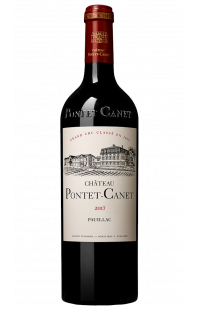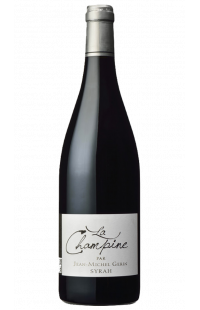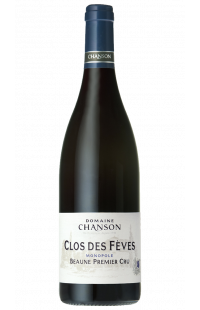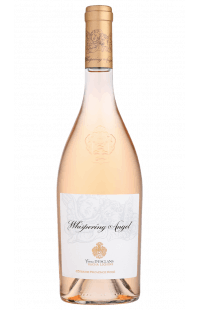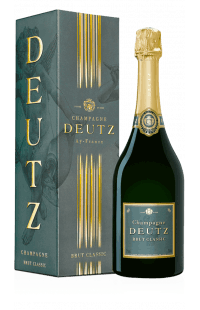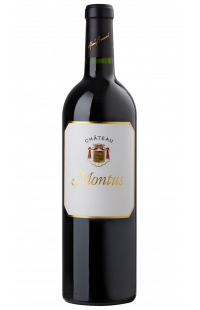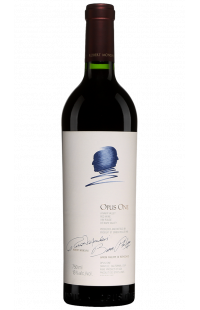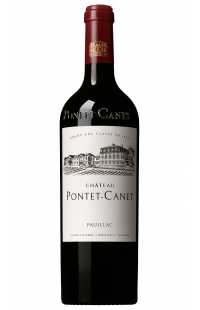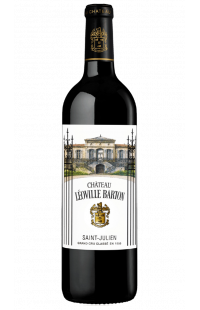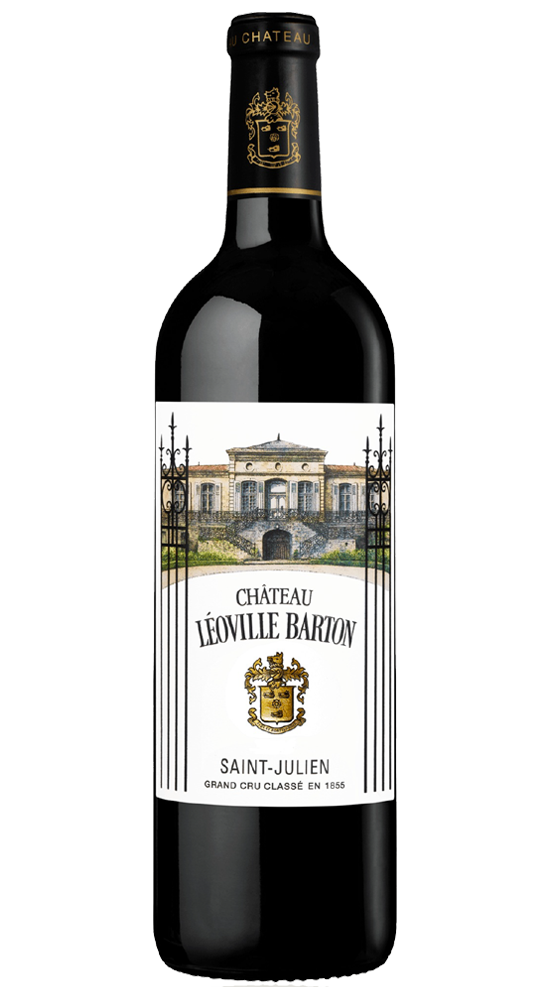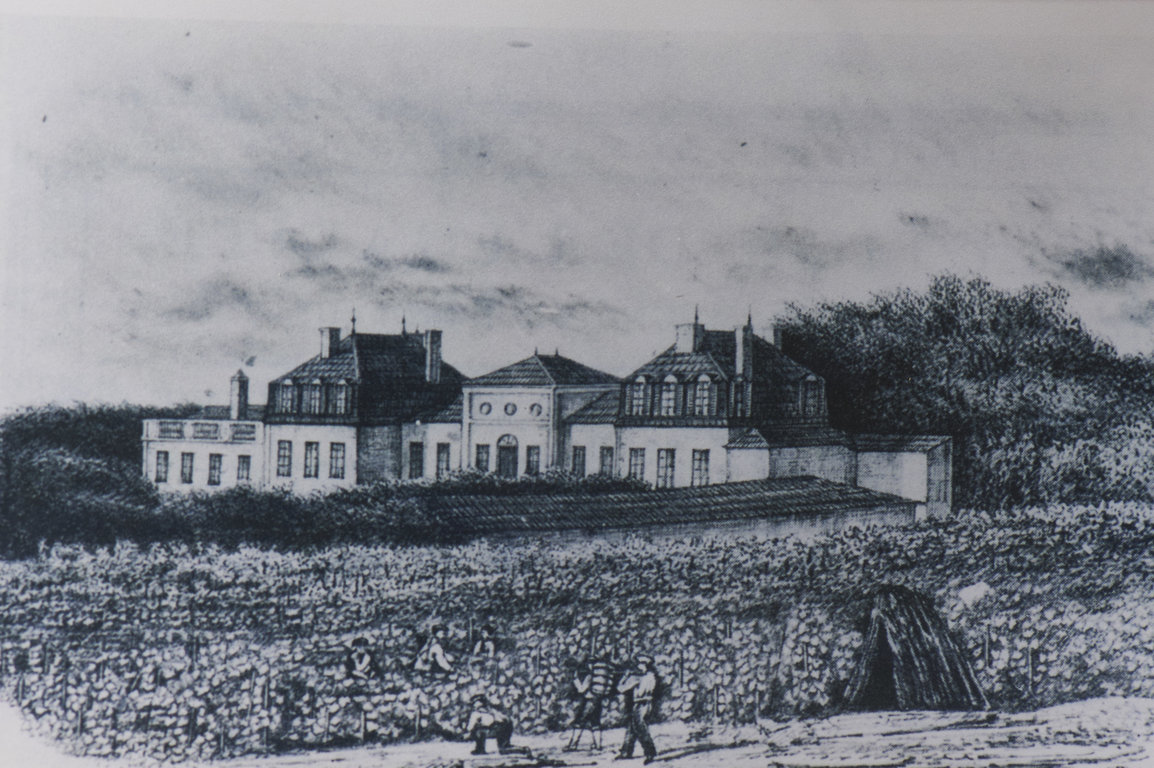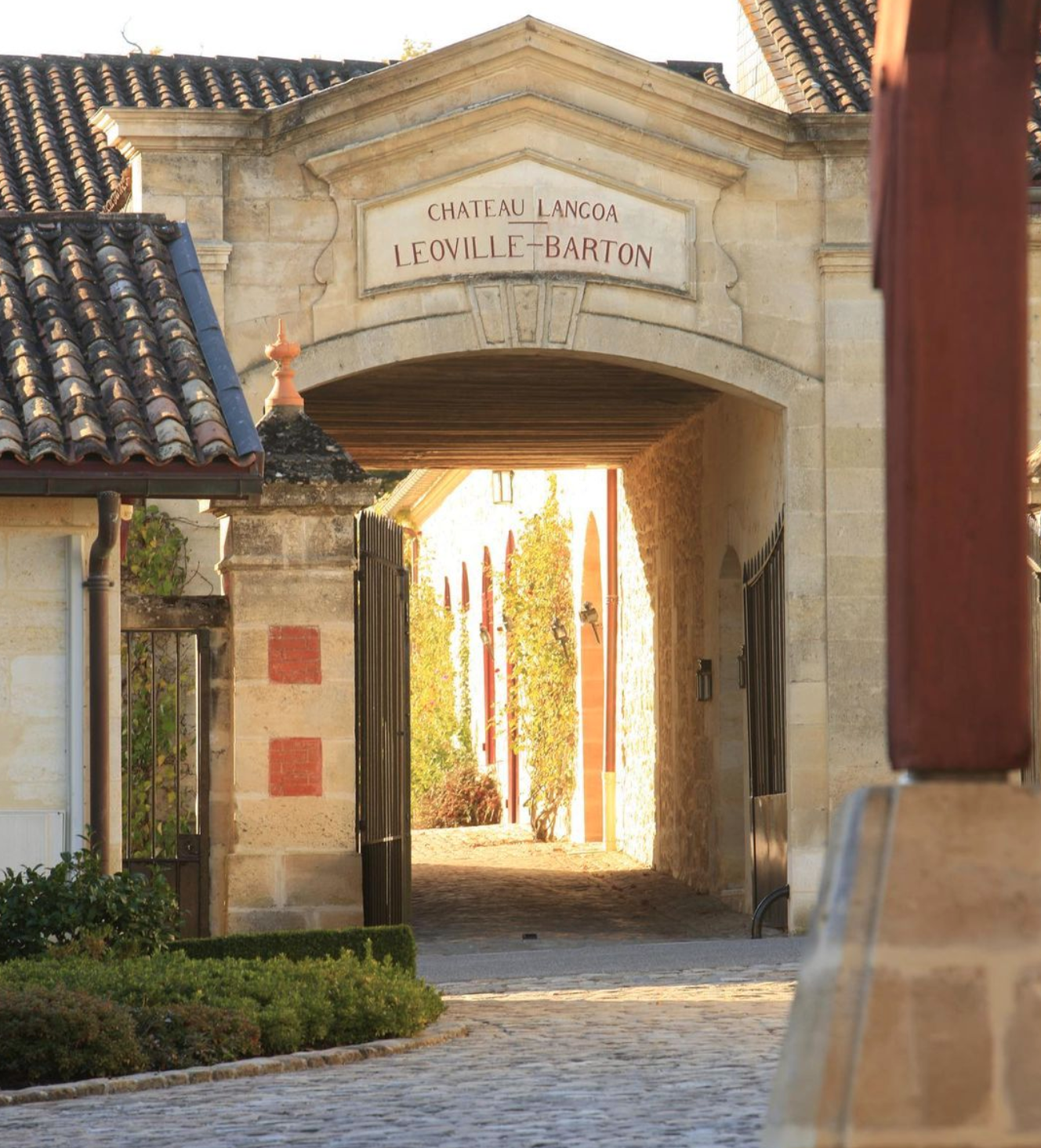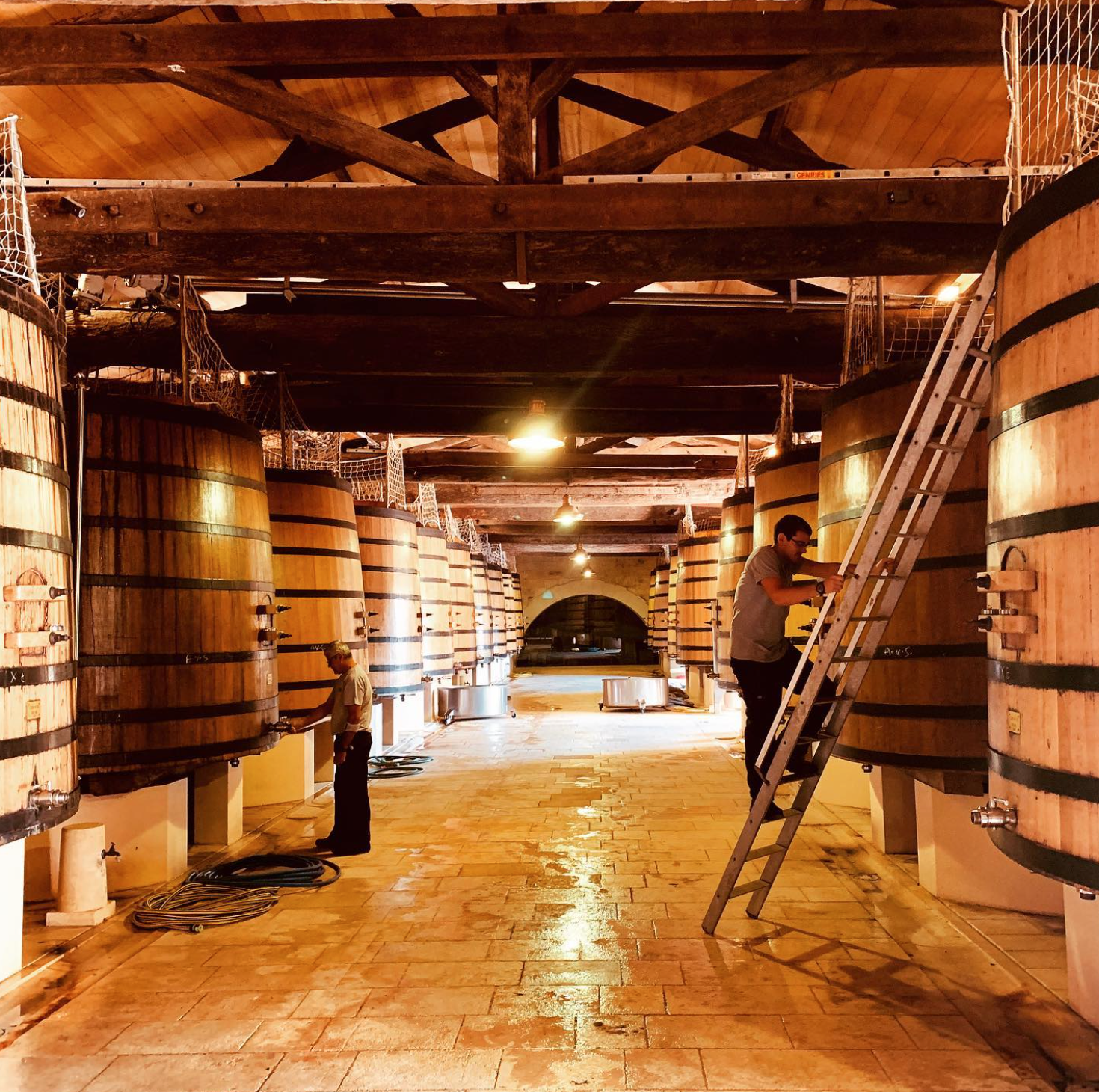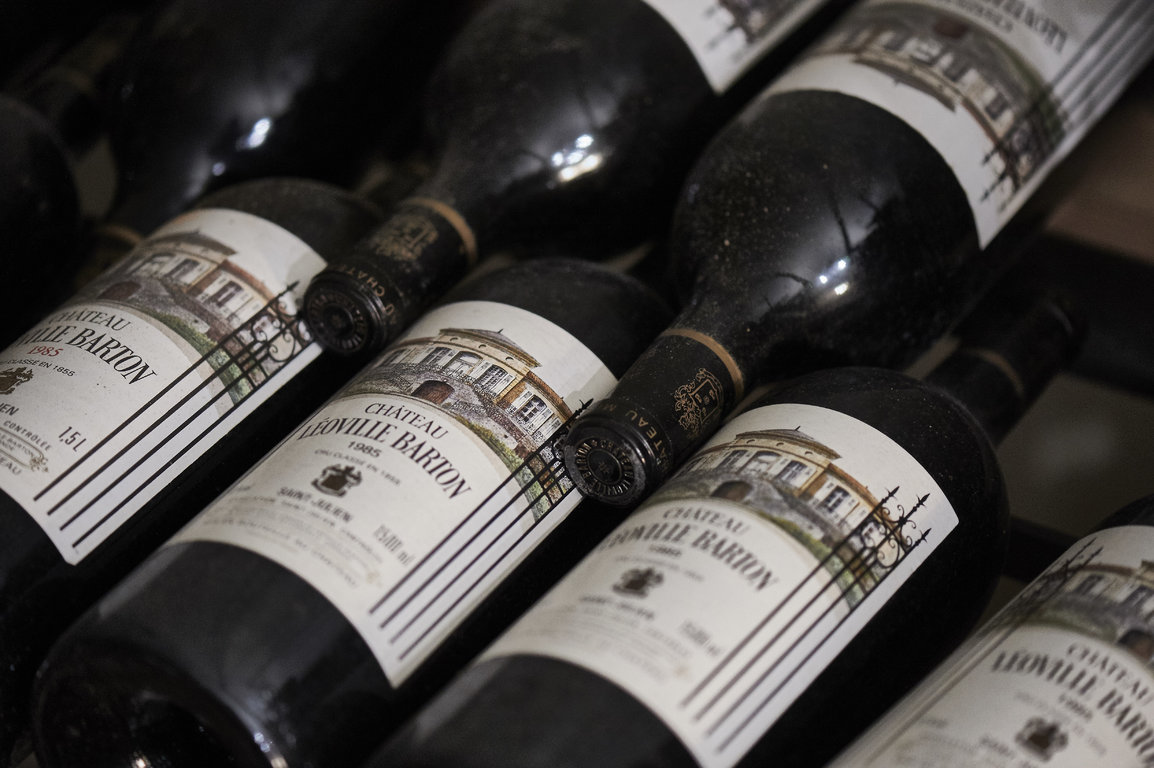Château Léoville Barton
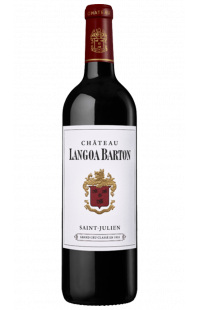
Château Langoa Barton 2023 - Primeurs
Bordeaux - Saint-Julien - 3e Cru Classé - Red Wine - Primeurs 2023 Primeurs 2023 - Delivery from september 2026Available in
- Bottle (75cl)
- 41.15€ / bottle- Magnum (1,5l)
- 82.30€ / magnumTASTING NOTES
Wine Advocate
J. Suckling
Specifications
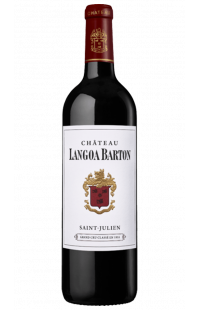
Château Langoa Barton 2022 - Primeurs
Bordeaux - Saint-Julien - 3e Cru Classé - Red Wine - Primeurs 2022Available in
- Bottle (75cl)
- 49.20€ / bottleTASTING NOTES
Wine Advocate
93-95+
J. Suckling
96-97
Specifications
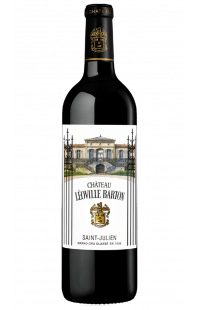
Château Léoville Barton 2023 - Primeurs
Bordeaux - Saint-Julien - 2e Cru Classé - Red Wine - Primeurs 2023 Primeurs 2023 - Delivery from september 2026Available in
- Bottle (75cl)
- 78.10€ / bottle- Magnum (1,5l)
- 156.20€ / magnumTASTING NOTES
J. Suckling
Specifications
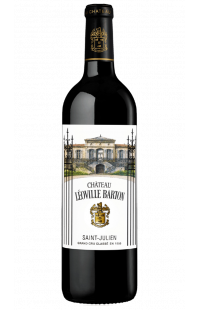
Available in
- Bottle (75cl)
- 120.00€ / bottleTASTING NOTES
J. Suckling
96-97
Specifications
